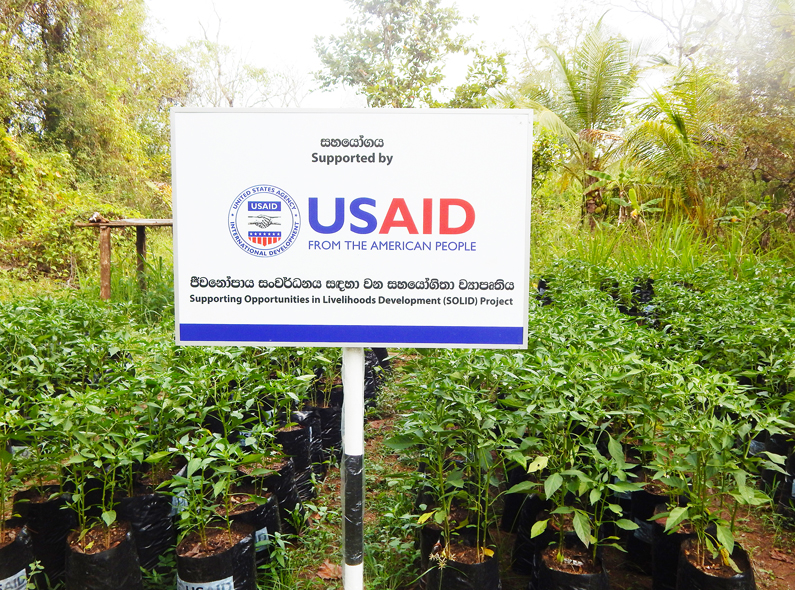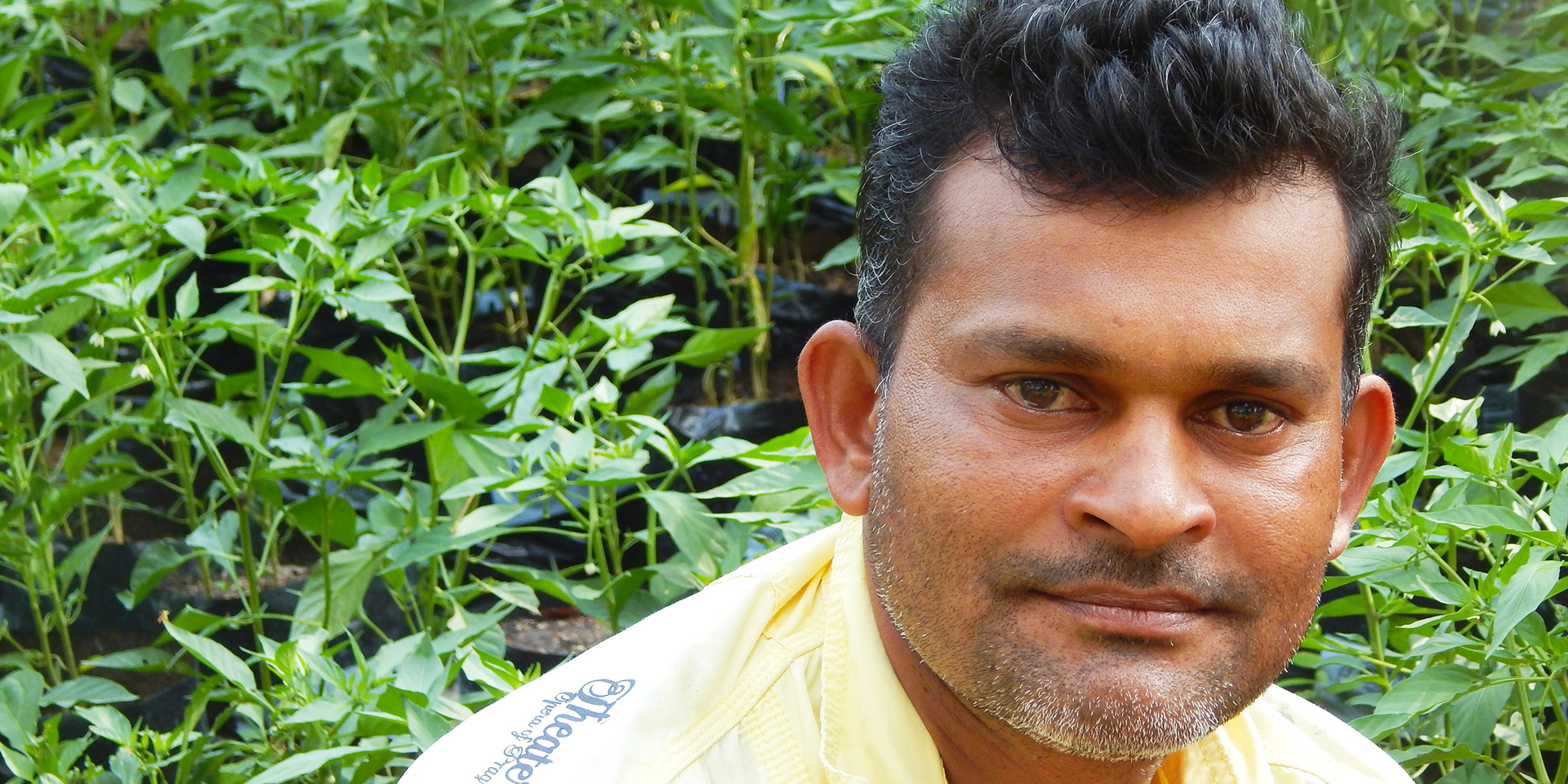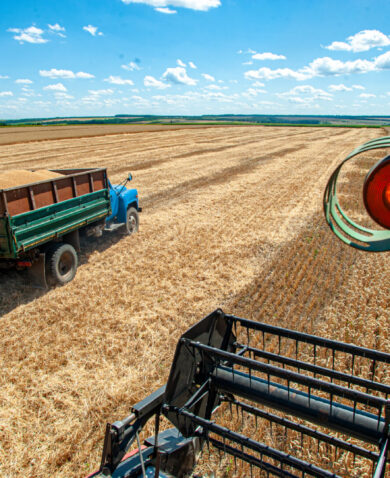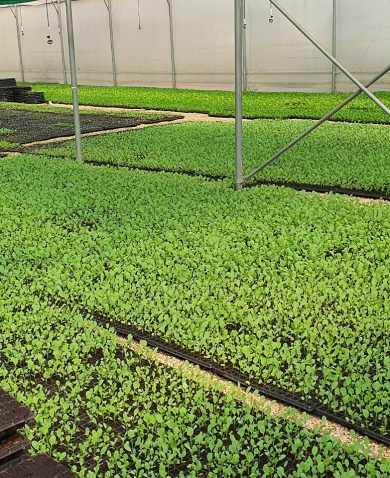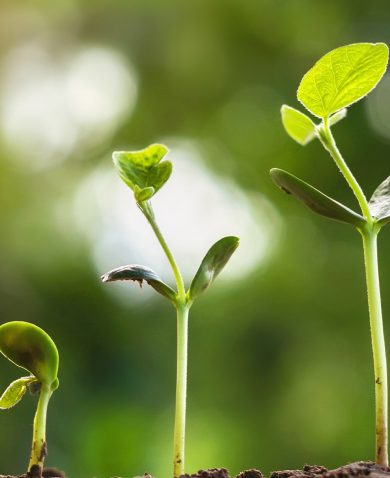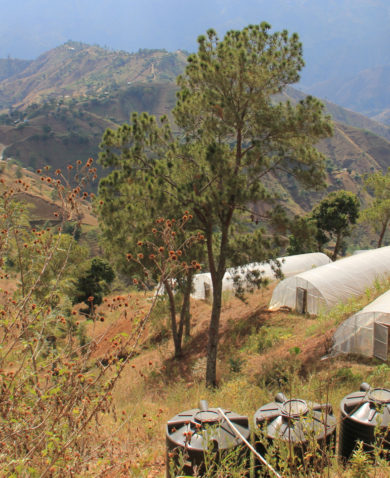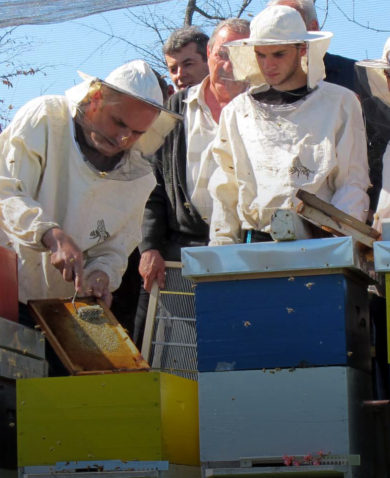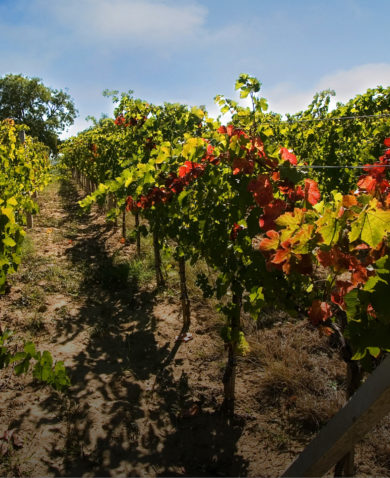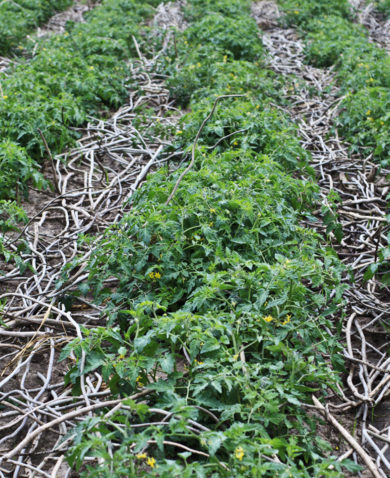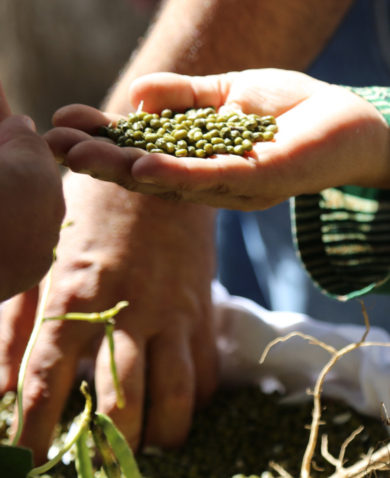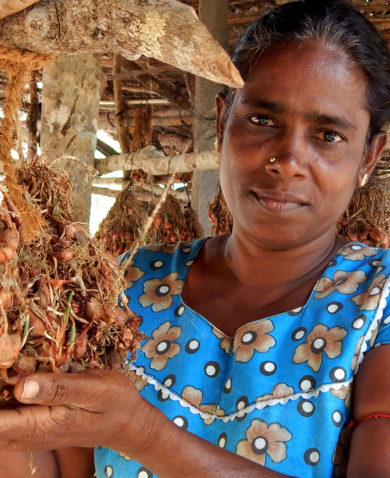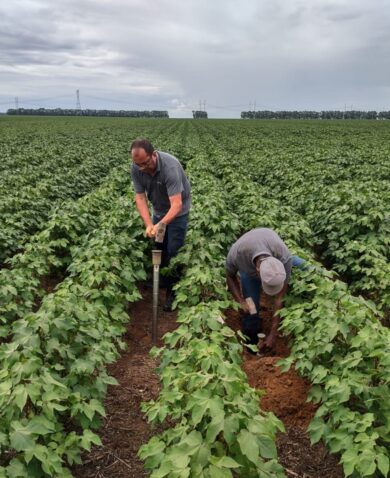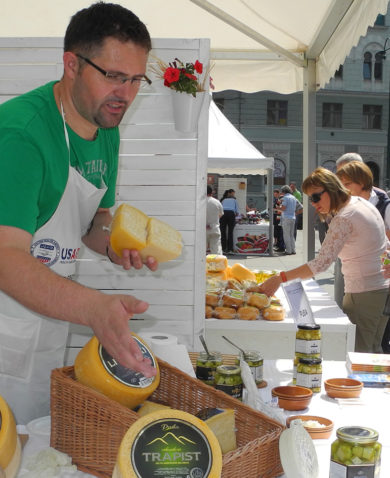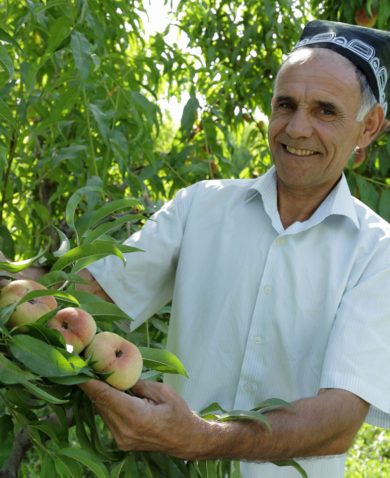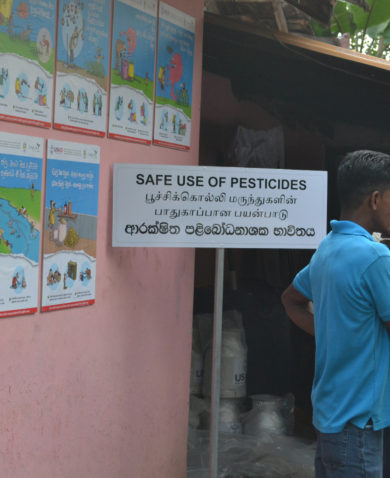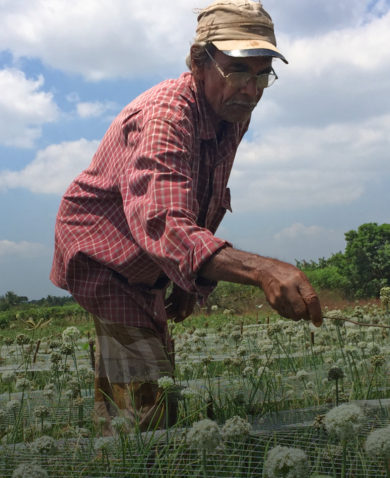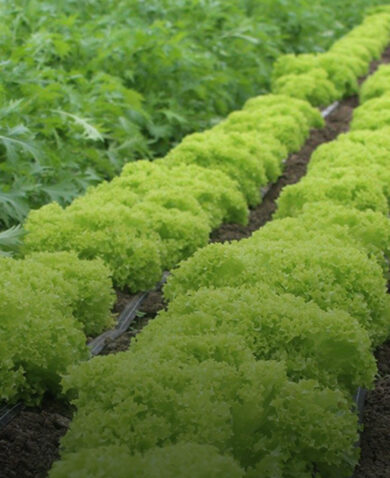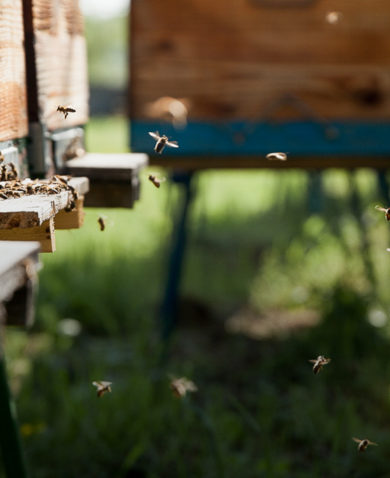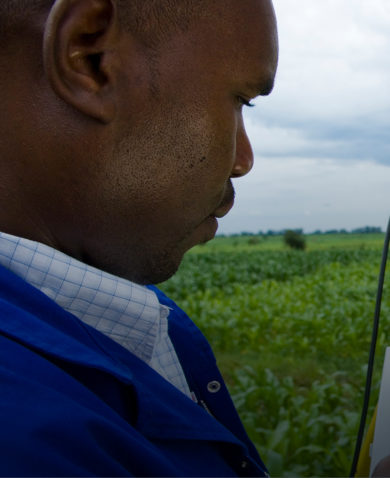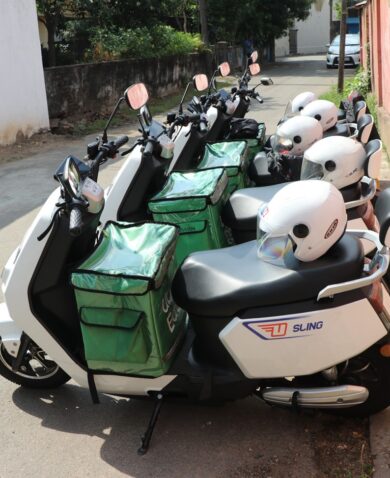In 2007, R.M. Mohanlal walked through the doors of the Sri Lankan Department of Agriculture (DOA) to purchase chili seeds. Despite its history as a traditional crop in Sri Lanka, fewer and fewer local farmers were growing chili. Mr. Mohanlal’s village, Milagoda, located in the Anuradhapura District, was once a central chili production area. Unfortunately, imported chili was driving the price of Sri Lankan chili down. In addition, high production costs were steering many farmers away from the crop.
“The cost of chili cultivation is so unbearable,” said D.M.K. Nadeesara, another farmer in the Anuradhapura District. “We have to spend on seed, fertilizer, pesticide, labor, and when there is no rain or Kerosene for the water pump.”
Undeterred by these challenges, Mr. Mohanlal visited the DOA to purchase chili seeds. He learned that he could only purchase seeds if he sold them back to the DOA, but they were willing to offer him a reasonable price.
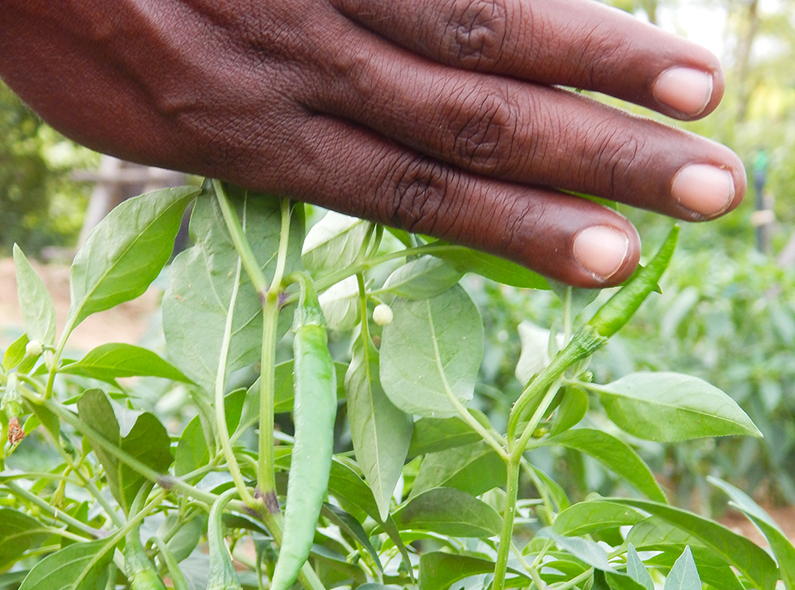
“They agreed to pay me LKR 285 per kilo of seeds at a time when I was selling seeds for LKR 70 per kilo,” he explained.
With the support of a few other farmers in the district and as part of an agreement with the government, Mr. Mohanlal sold around 2,500 kilograms of seeds back to the DOA. Soon after, in 2009, the DOA launched a chili seed production initiative to address the lack of quality chili seeds in the Anuradhapura District. The initiative started with 20 farmers in Milagoda and soon expanded to neighboring villages.
To further support the initiative, USAID’s Supporting Opportunities for Livelihoods Development (SOLID) activity — under the Asia and Middle East Economic Growth Best Practices project — began working with chili growers. The project introduced new technology to reduce cultivation costs, making production more profitable and supporting the expansion of the DOA’s initiative. By 2015, Mr. Mohanlal became one of the project’s many beneficiaries.
Through this effort, 166 farmers learned new farming methods and adopted innovative technologies to improve their productivity and reduce the cost of chili cultivation. The DOA and SOLID worked together to provide needed services: The DOA provided extension support and a chili seed market, and the project trained farmers and distributed tools. By providing extension support, the DOA taught farmers new techniques and best practices based on the latest agricultural research. This collaboration between project staff, farmers, and the DOA became known as the “Chili Village.”
Two cultivation techniques that farmers learned involved polybags and sprinkler irrigation systems. Through polybag cultivation, individual chili plants are placed into separate bags. This provides plants with a safe, disease-free environment in which to grow. The polybags also make it possible to grow chilies in the off-season because the contained environment protects the plants from natural elements.
